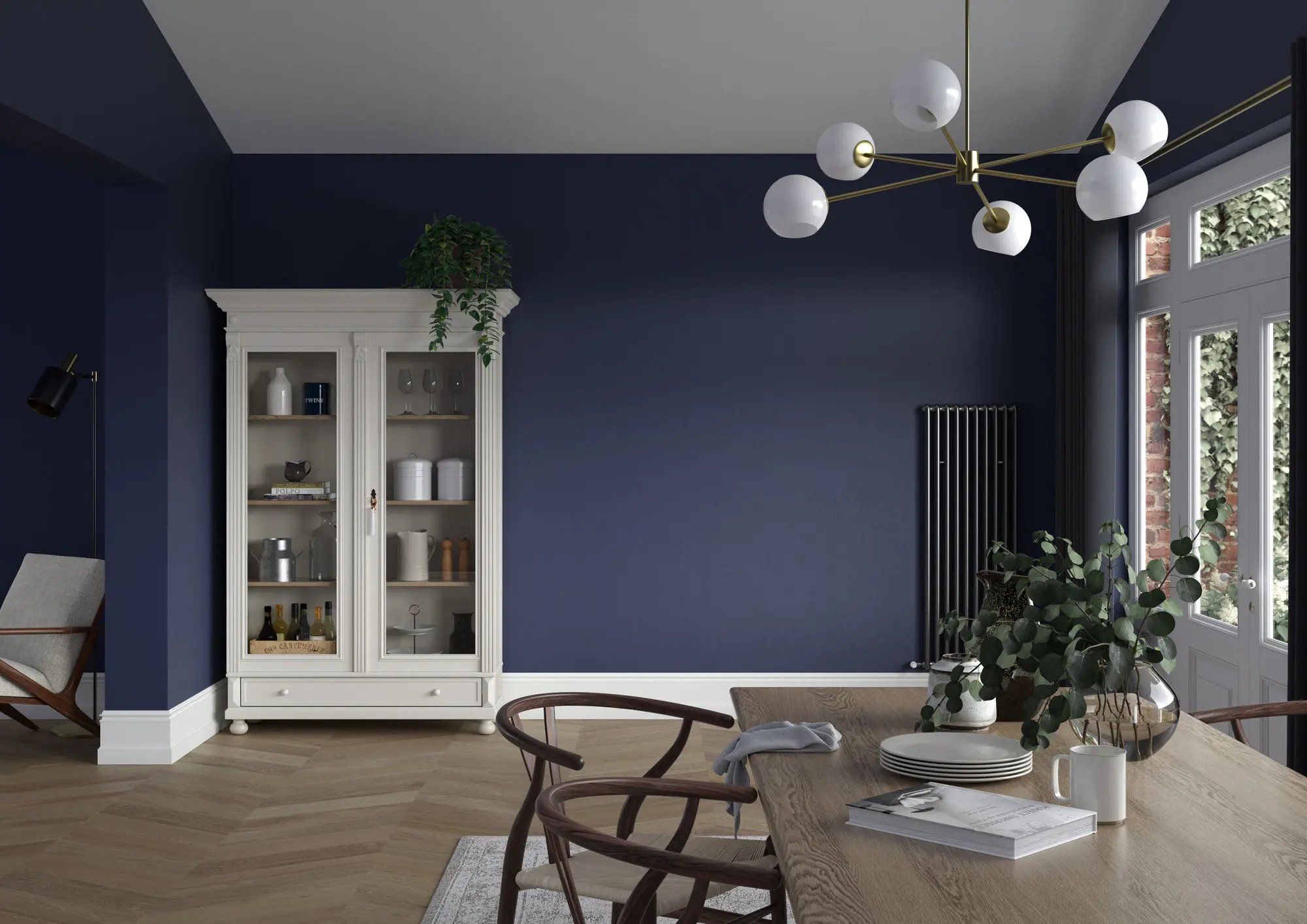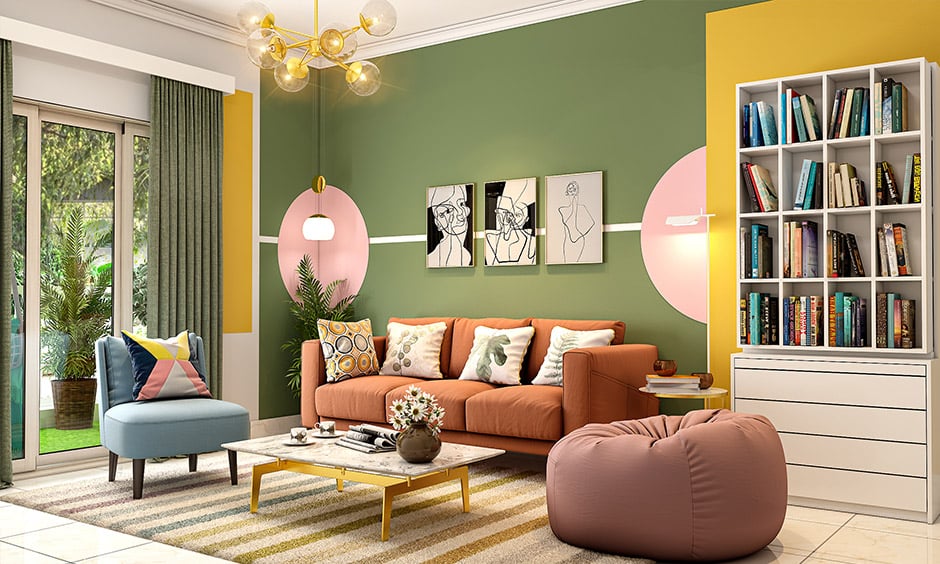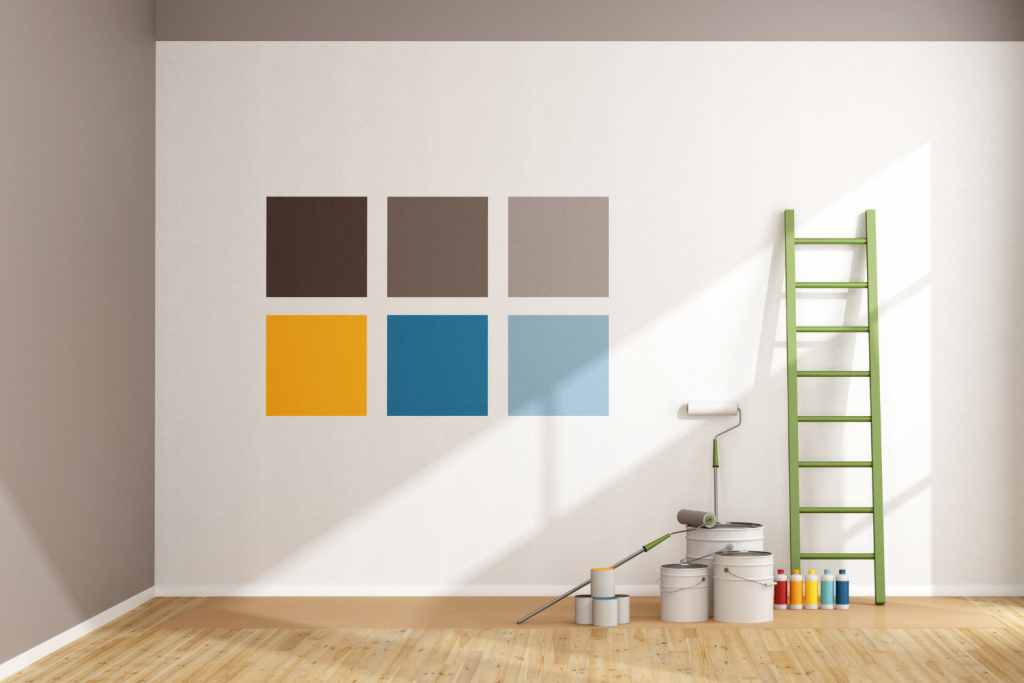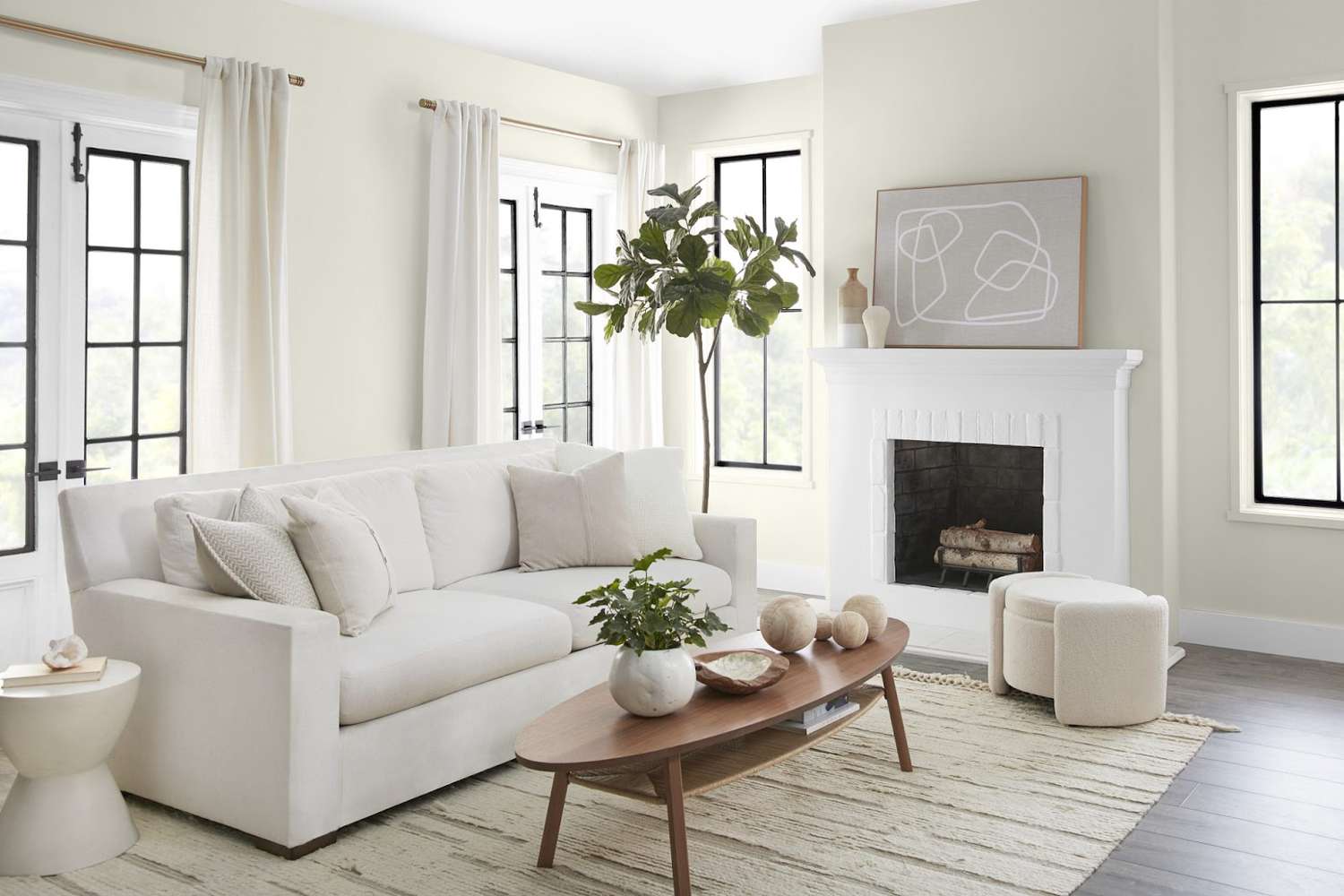When it comes to transforming your living space, few things wield the transformative power of a fresh coat of paint.
Choosing the right paint colors for your home is a thrilling yet daunting task.
It's not just about picking your favorite shades; it's about creating an atmosphere that reflects your style, enhances the architecture, and sets the mood for each room.
So, let's embark on this colorful journey together and explore the secrets of selecting the perfect palette for your home.
1.) Understanding the Basics

Before diving into the world of colors, it's crucial to understand the basics of color theory. Remember the primary colors from your elementary school days? Red, blue, and yellow are the foundation of every color in the spectrum. By mixing these primary colors, you get secondary colors like green, orange, and purple. Tertiary colors are the result of combining a primary color with a neighboring secondary color.
2.) Consider the Mood

(Photo from Paintzen)
Colors have a profound impact on our emotions and perceptions. Warm tones like reds, yellows, and oranges can create a cozy and energetic atmosphere, perfect for social spaces like the living room. On the other hand, cool tones such as blues and greens promote calmness and are ideal for bedrooms and bathrooms. Neutral colors like beige, gray, and white serve as versatile backdrops that allow for flexibility in furniture and decor choices.
3.) Connect the Dots
One helpful strategy in selecting paint colors is to establish a cohesive flow throughout your home. Consider how the colors in one room transition into the next. This doesn't mean every room has to be the same color, but there should be a harmonious connection. For instance, you can use varying shades of a single color family or opt for complementary colors to create a visually appealing and connected space.
4.) Play with Light

(Photo from Love Home Designs)
The way natural and artificial light interacts with your chosen colors can significantly impact the overall look of a room. Test your paint samples under different lighting conditions to see how they appear in both daylight and artificial light. Some colors may look vibrant and lively during the day but can appear dull or too intense in the evening. Understanding how light affects color will help you make a more informed decision.
5.) Embrace the Accent
Accent walls are a fantastic way to add a pop of color without overwhelming a space. Choose a wall that naturally draws attention, like one with a fireplace, a prominent piece of furniture, or the wall behind your bed. Bold colors or intricate patterns work well for accent walls, providing a focal point without committing to an entire room in that shade.
6.) Size Matters

(Photo from Design Cafe)
The size of a room can influence the perception of color. In smaller spaces, lighter colors can create the illusion of more space, while darker colors can add coziness to larger rooms. Consider the proportions of your rooms and choose colors that complement the scale. If you have low ceilings, opting for lighter shades can create a sense of height.
7.) Get Inspired
If you're feeling stuck, seek inspiration from various sources. Pinterest, interior design magazines, and even nature can be rich sources of color inspiration. Create a mood board or save images of rooms that resonate with you. This can help you identify patterns and preferences, guiding you towards a color scheme that feels uniquely yours.
8.) Sample Before You Commit

(Photo from Love Remodeled)
Never underestimate the power of paint samples. Most paint stores offer small sample cans that allow you to test colors on your walls before committing to a full gallon. Apply samples in different areas of the room and observe how they look throughout the day. This hands-on approach helps you avoid any surprises and ensures you'll be pleased with the final result.
9.) Don't Fear Neutrals

(Photo from Southern Living)
While bold and vibrant colors can make a statement, neutrals have their own timeless appeal. Shades like beige, gray, and white provide a clean and sophisticated backdrop, allowing you to experiment with bolder furniture and decor choices. Neutrals are also versatile, making them an excellent choice if you plan to change your decor frequently.
In conclusion, choosing the right paint colors for your home is an exciting journey that involves a combination of personal preference, practical considerations, and a dash of creativity. Take your time, explore different options, and don't be afraid to step outside your comfort zone. After all, it's your home – the canvas on which you express your unique style and personality.
So, let the colors tell your story and turn your living space into a masterpiece that truly feels like home.
Thank you guys so much for taking the time to read this blog post - we here at Connect truly appreciate it! For all the latest home related blog content, keep your tabs posted on our socials: we get new posts up every Tuesday, Thursday, and Sunday!
Check out these websites as well - they provided us with the inspiration to create this blog post!